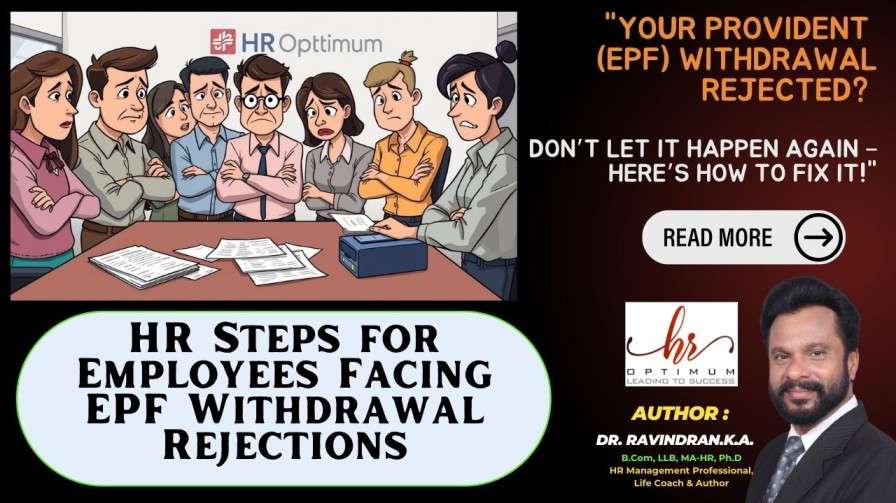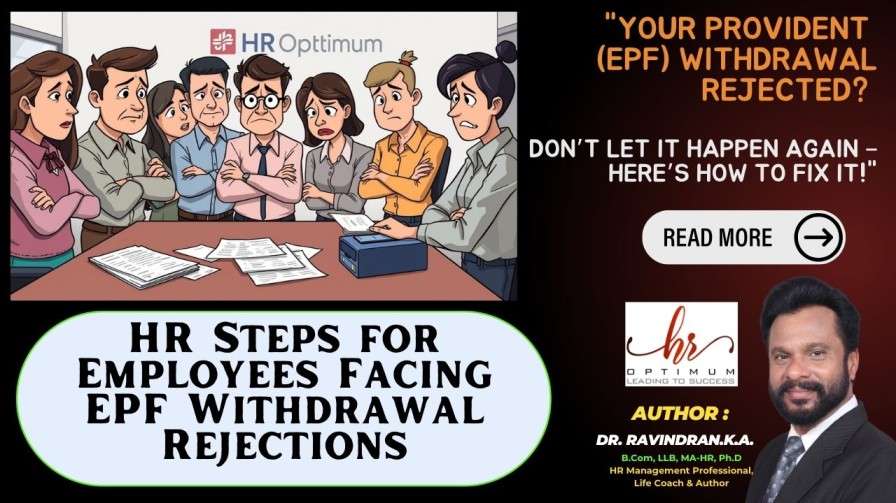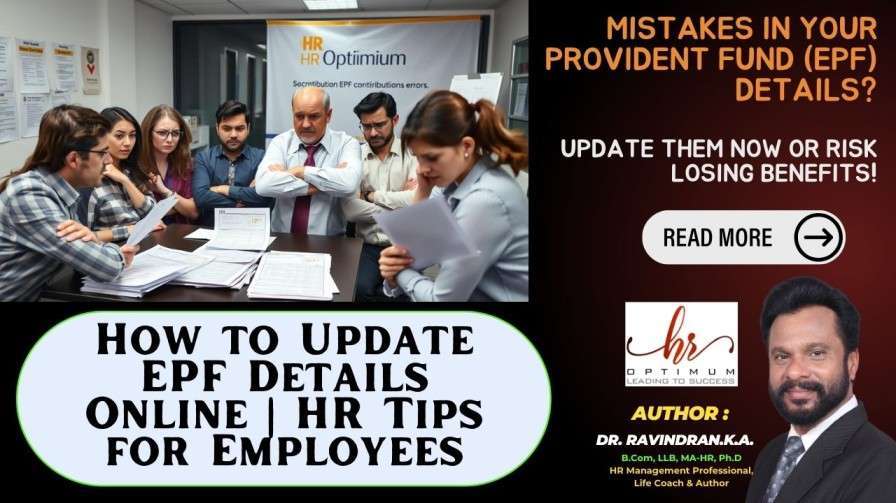Employee State Insurance (ESI) Scheme: HR Compliance Guidelines
As an HR professional, you’ve probably thought about how the ESI Scheme affects your role. This scheme, run by the ESIC, ensures employees get medical help, insurance, and financial support. It’s important to understand this scheme thoroughly for better HR management.
Thank you for reading this post, don't forget to subscribe!ESI Scheme runs on contributions from both employers and employees. State Governments also chip in for medical benefits, shouldering 1/8th of the cost. But what does this mean for you as an HR professional? How does it help your employees, and what’s your role in it all? We’ll explain everything.
Key Takeaways
- The ESI Scheme is a comprehensive social security program that provides medical benefits, insurance coverage, and financial assistance to employees in the organized sector.
- The scheme is self-financed through contributions from employers and employees, with State Governments bearing 1/8th share of the cost of Medical Benefit.
- ESI coverage is extended to factories with 10 or more employees, as well as specific establishments like shops, hotels, cinemas, and educational institutions.
- Employers are required to register their establishments under the ESI Act within 15 days of its applicability, and a unique 17-digit identification number is generated for each registered factory or establishment.
- Exemptions from ESI coverage can be granted if employees receive benefits substantially similar or superior to those provided under the ESI Act.
Introduction to the Employee State Insurance (ESI) Scheme
The employee state insurance (ESI) scheme in India is a big social security program. It’s for workers in the organized sector. This scheme offers health insurance and other employee benefits. It’s run by the Employees’ State Insurance Corporation (ESIC). The scheme helps protect employees and their families. They are protected from financial troubles caused by sickness, maternity, disablement, and work-related death.
What is the ESI Scheme?
The ESI Scheme offers many benefits to insured employees and their families. It’s a self-financing program. It gets money from monthly contributions of both the employer and the employee.
Objectives and Benefits of the ESI Scheme
This scheme’s main goal is to offer good medical care and financial help. It does this for the insured and their families. It aims to keep them healthy and happy. The scheme gives out many benefits. These include medical help, sickness, maternity, disability support, and for the family when someone dies. There’s also help for not working and for funeral costs.
Applicability and Coverage of the ESI Scheme
The employee state insurance (esi) scheme covers many places in India. It includes factories with 10 or more employees. Shops, hotels, restaurants, and many others employing 10 or more people are also included.
Types of Establishments Covered
The ESI scheme is broad, including different kinds of places. It doesn’t just cover factories. It includes shops, hotels, and even schools or hospitals that have 10 workers or more.
Employee Eligibility Criteria
If you work for a registered place, and earn up to Rs. 21,000 per month (Rs. 25,000 for disabled people), the ESI scheme helps you. This limit means many workers can get benefits from this scheme.
Wage Ceiling Limit for Coverage
The ESI scheme protects workers in bigger places with up to Rs. 21,000 monthly (Rs. 25,000 if disabled). This limit is critical. It decides who the ESI can help, ensuring broad coverage in labour laws
Employee State Insurance (ESI) Registration Process
The employee state insurance (ESI) scheme helps Indian workers by offering various benefits. It’s required by law for companies to join within 15 days of becoming eligible. This includes both new and existing firms.
Mandatory Registration for Employers
Any business with 10 or more workers at its site must sign up with the Employees’ State Insurance Corporation (ESIC). This count increases to 20 employees in certain states. The rule extends to businesses with 20 workers in those states.
Online Registration Procedure
Registering for ESI online involves getting an EIN and using the official ESI portal. Each worker gets a 17-digit UAN. You’ll need your company’s Registration Certificate and PAN Card, along with the Directors/ Partners’ PAN Cards.
Unique Code and Sub-Code Numbers
Once you complete the online registration, you’ll get a special code in an email or letter. It has 17 digits. If your company has multiple locations, they each get a unique sub-code for tracking purposes.
Contributions and Funding of the ESI Scheme
The employee state insurance (esi) scheme gets its money from workers and their employers. They each pay a small part of their wages. This money goes to the employment state insurance corporation (ESIC). Right now, employers pay 3.25% of worker’s pay, and workers pay 0.75% of their pay.
Employer and Employee Contribution Rates
The amount people pay into the ESI scheme has changed in the past. The newest update cut contributions starting July 1, 2019. Employers must now pay 3.25% of what their staff earns. Employees pay just 0.75% to be part of the scheme.
Payment of Contributions
It’s the employer’s job to take money from workers’ pay for the ESI scheme. They then need to send this and their own part in within 15 days of the end of the month or quarter. The year is split into two contribution periods: April to September, and October to March.
State Government’s Share in Medical Benefits
Besides what employers and employees pitch in, state governments also help. They pay 1/8th of the costs for medical benefits under the ESI scheme. This state support keeps the scheme affordable and broadens its coverage. It’s a big reason why the ESI scheme can offer good healthcare and other help to its members.
| Contribution Type | Contribution Rate |
|---|---|
| Employer Contribution | 3.25% of wages |
| Employee Contribution | 0.75% of wages |
| State Government Share | 1/8th of medical benefits cost |
The ESI scheme is a big help to workers in organized jobs. Money for it mainly comes from what employers and workers give through statutory contributions. State help with medical costs makes the system stronger. It ensures that people who pay in can get quality healthcare and other benefits.
Benefits Provided Under the ESI Scheme
The Employee State Insurance (ESI) scheme brings many benefits to employees and their families. It covers medical, sickness, maternity, and more. These benefits aim to keep workers and their families healthy and financially secure.
Medical Benefits
The ESI Scheme gives full medical help to the insured employee and their family right from the start. It includes seeing a doctor, tests, and hospital stays. Even medicines are covered.
Sickness Benefits
Employees can get sickness benefits as cash when they’re too sick to work. They get 70% of their pay for up to 91 days a year. This money helps them through tough times.
Maternity Benefits
Maternity benefits are available too. They help women during and after pregnancy. Women get paid for 26 weeks, and this can be extended with a doctor’s advice. It provides a lot of support when it’s needed most.
Disablement and Dependents’ Benefits
If someone gets hurt or dies because of work, the ESI Scheme helps them and their family. The hurt worker gets 90% of their pay. The family of a deceased worker gets the same amount. This money supports them in difficult times.
Other Cash Benefits
There are other cash benefits too. For those who lose their job, there’s an unemployment allowance. Funeral expenses and special relief funds are also available. These extra benefits show the scheme really cares about its people.
The ESI Scheme helps employee welfare and employer-sponsored insurance. It’s a key safety net for Indian workers. It shows that India’s organized workforce is well looked after. This is crucial for a healthy society.
Compliance Requirements for Employers
In employee state insurance (ESI) scheme, Indian employers must meet certain rules. They need to keep careful records and report correctly. They should also follow the deadlines to use ESI well and avoid fines.
Maintaining Records and Registers
Employers must keep detailed records and registers for the ESI scheme. This means keeping info on each employee, their contributions, and more. This follows the labor laws and government regulations. Doing this helps with statutory compliance and makes audits easy.
Reporting and Filing Returns
Submitting reports and returns on time is key for ESI. Employers need to send in their contribution reports as needed. Missing the deadlines means facing penalties and not following the rules properly.
Penalties for Non-Compliance
If employers don’t keep up with the ESI scheme, they could be fined or face other penalties. This includes late fees and possible legal trouble for not following labor laws and government regulations. Staying up-to-date on rules is important for looking after employees.
| Compliance Requirement | Details |
|---|---|
| Record Keeping | Maintain comprehensive records and registers related to employee details, contribution payments, and other relevant documentation as per labor laws and government regulations. |
| Reporting and Filing | Submit regular contribution-related reports and filings within the stipulated deadlines to comply with the statutory requirements. |
| Penalties for Non-Compliance | Failure to comply can result in fines, interest on delayed payments, and potential prosecution for non-compliance with labor laws and government regulations. |
ESI Scheme Administration and Governance
The employee state insurance (esi) scheme is guided by the Employees’ State Insurance Corporation (ESIC). This body includes representatives from various sectors. These sectors are Employers, Employees, the Central Government, State Government, Medical Profession, and the Hon’ble Members of Parliament.
Employees’ State Insurance Corporation (ESIC)
The ESIC operates with a Chief Executive Officer, known as the Director General. The Director General also serves as a member by default. Such a setup ensures strong administration and governance of the esi scheme throughout the country.
Regional Boards and Local Committees
The ESIC has set up regional boards and local committees to manage local needs. These entities are crucial for offering medical benefits and services to insured employees and their families.
Medical Benefit Council
A Medical Benefit Council plays a key role in managing esi scheme’s governance structure. It gives advice on medical care for insured persons. This helps make sure that the government regulations and medical standards are followed.
Conclusion
The Employee State Insurance (ESI) Scheme is like a shield for workers in India. It gives them medical help, insurance, and money when they need it. Managed by the Employees’ State Insurance Corporation (ESIC), it’s paid for by both workers and bosses. The goal is to help workers stay safe and supported, especially when they are sick, having a baby, or can’t work.
For companies in India, following the ESI Scheme is very important. This means making sure workers get their benefits and that the company doesn’t get in trouble. Knowing how the scheme works helps HR people take good care of their employees. This also makes them better at making sure the company meets its duty to workers.
The ESI Scheme is always growing and reaching more people. It’s a key part of how India helps its official workforce stay strong and healthy. This makes a big difference in how well India’s economy can work.
FAQ
What is the Employee State Insurance (ESI) Scheme?
The ESI Scheme is a big social safety net in India. It covers medical needs, insurance, and cash help. This aid is for workers in the official economy. The program is run by the Employees’ State Insurance Corporation (ESIC). It gets its money from both workers and their bosses.
Who is eligible for the ESI Scheme?
The ESI covers folks working in factories and similar spots with 10 or more workers. Their income should not top Rs. 21,000 a month (for disabled, it’s Rs. 25,000). The scheme counts for folks working full-time or on short deals.
What are the benefits provided under the ESI Scheme?
This program helps with a lot. It covers doctor visits, money when you’re sick, support for new moms, care if you’re hurt at work, and help for your family if something happens to you. Its main goal is to financially protect workers when they’re sick, having a baby, hurt, or the main breadwinner can’t work anymore.
How do employers register for the ESI Scheme?
It’s the job of the employer to sign up their place under the ESI Act fast, within 15 days of needing it. They do this online at the ESIC portal by giving some info. Once signed up, each place gets a special 17-digit number. And if they have other branches, those get special numbers too.
What are the contribution rates for the ESI Scheme?
The scheme pays for itself. Money comes in monthly from both workers and employers. Right now, employers pay 3.25% of your wages. Workers only pay 0.75%. State Governments also chip in for a part of the doctor bills.
What are the compliance requirements for employers under the ESI Scheme?
Businesses have to keep good records, send in reports, and pay their share on time. If they don’t, there are fines. They also need to get their place and their workers signed up without delay under this plan.
How is the ESI Scheme administered and governed?
A special group called the Employees’ State Insurance Corporation (ESIC) oversees this program. It’s made up of people from companies, workers, the Central and State Governments, doctors, and lawmakers. The big boss is the Director General.
 hroptimum
hroptimum






